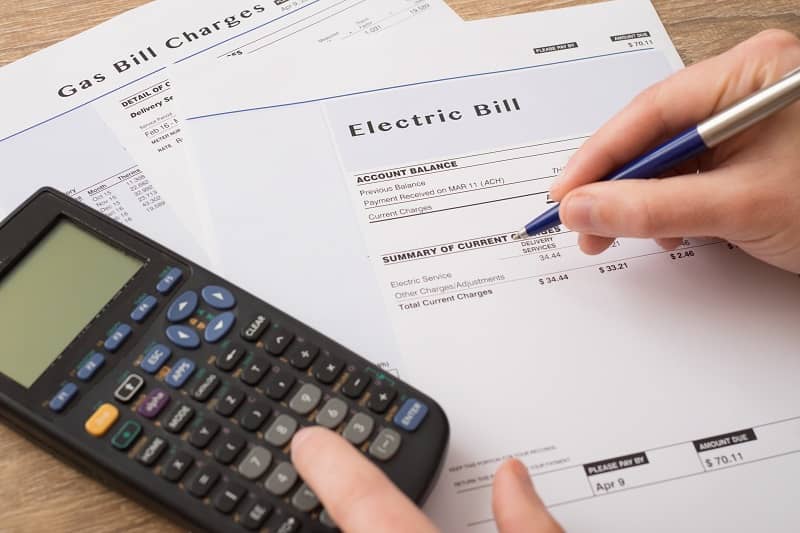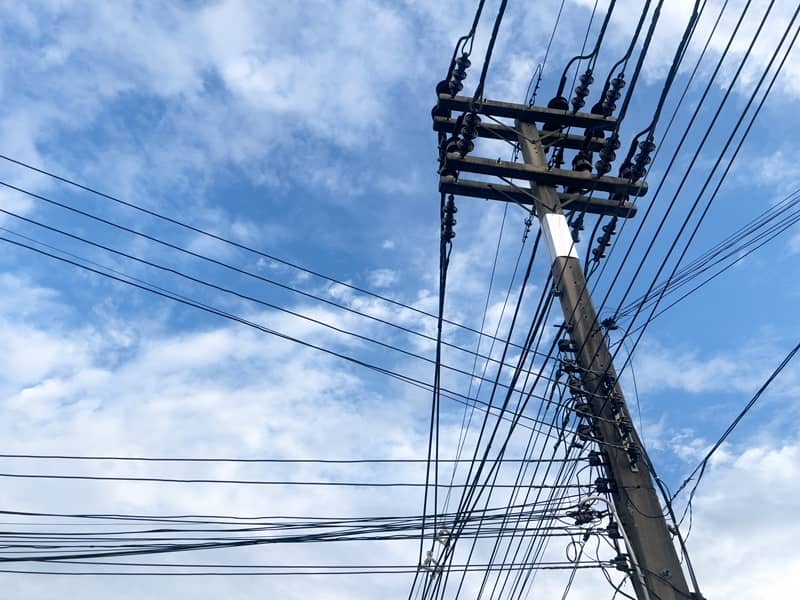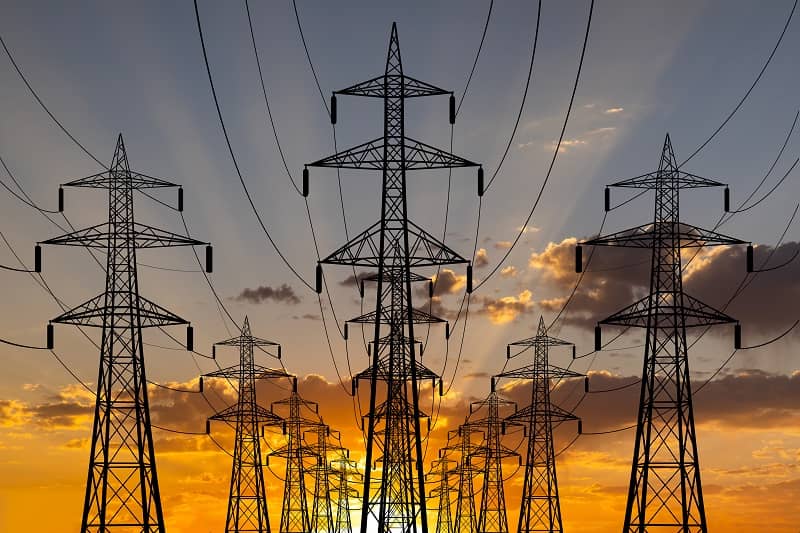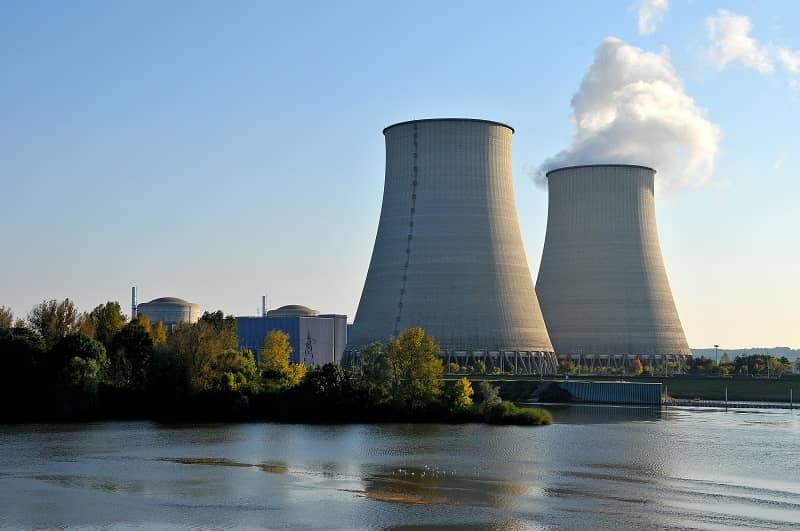

Summary: With huge subsidies coming from the federal and state governments to prop up inefficient forms of energy production, scientists and entrepreneurs are less likely to produce new, more efficient energy forms. In addition, the massive influx of regulations supported by environmentalists inhibits new energy forms from competing in the market. These factors prevent new sources of energy from coming onto the grid and cost taxpayers millions of dollars in increased energy costs.
On May 27, 2009, President Barack Obama appeared at the world’s largest solar facilities at Nellis Air Force Base in Las Vegas, Nevada. This luminous event presented the perfect opportunity for the president to express his dedication to renewable energy. “The nation that leads the world in creating new sources of clean energy will be the nation that leads the 21st-century global economy,” he said. “And that’s the nation I want America to be and I know that’s the nation you want America to be.”
Here in Oregon, Governor Ted Kulongoski has worked hard to become known throughout the country as a proponent of renewable energy, spending millions of taxpayer dollars on wind projects. In his own words: “There is a green revolution stirring in America, and Oregon is the beating heart of that revolution.”
Yet, despite this “stirring green revolution,” a number of rational questions immediately present themselves: Why would I, as a taxpayer, wish to pay for solar energy when I live in one of the cloudiest states in the Union? Why would I, as a taxpayer, want to subsidize businesses that produce only a fraction of the state’s energy requirements? Why is Governor Kulongoski allocating millions of taxpayer dollars to reduce Oregon’s carbon footprint, when we get most of our energy from non-carbon-emitting hydroelectricity?
Sound energy policies should challenge the creativity of scientists and businessmen who actually develop new energy technologies. Massive subsidies of less-than-efficient sources of energy do not do this. Every dollar spent on specifically mandated forms of “renewable” energy is a dollar taken away from inventors, scientists and entrepreneurs who daily invest in new energy sources that could be viable in the market.
Bureaucratic intervention in market incentives does not stop with discouraging innovation, as destructive as that is. Government’s choice of “winners” and “losers” in the market impedes the success of those forms of energy which, in fact, could make a profit. When the environmental “experts” disapprove of some new form of energy, they immediately seek to generate enough regulations and permitting fees to prevent any entrepreneur from investing in such a project.
What are taxpayers left with? Huge debts from subsidizing energy that produces only a fraction of the energy produced by traditional sources; failing energy producers and small business owners who struggle through voluminous regulations just to make ends meet; and increased costs on everything we use, from our desk lamp to our hiking boots.
The $100 million solar facility at sunny Nellis AFB produces a whopping 14 megawatts (MW) of electricity, compared to the Grand Coulee Dam’s production of 6,765 MW. At the end of the day, renewable energy is just a propped-up business. But as we have seen so many times, inefficient industries have little to worry about with Big Brother waiting to rescue them from any ditch they might stumble into. That is, until Big Brother decides to find a more attractive damsel in distress.











